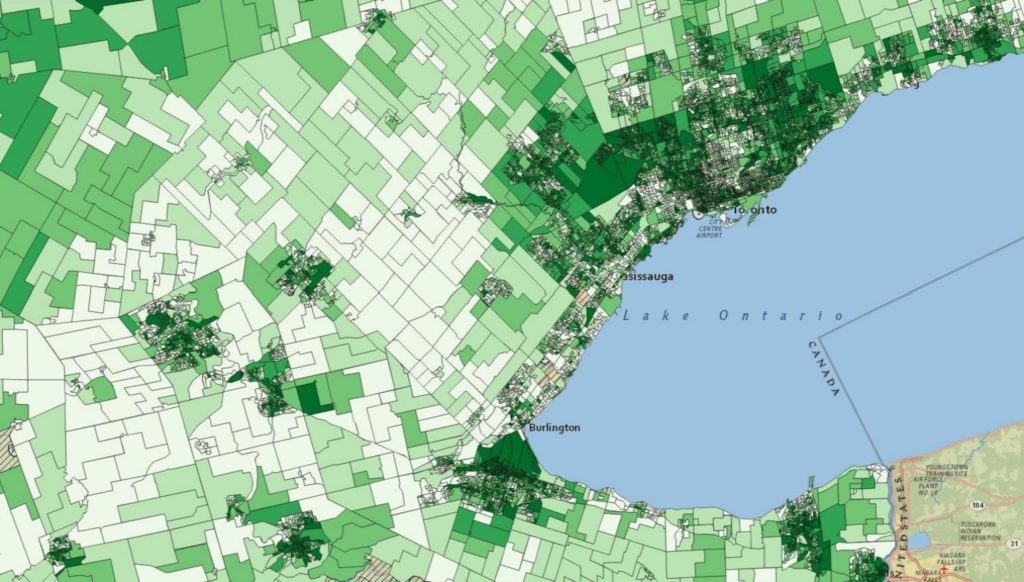
A small-area based measure of marginalization widely used by policy planners and researchers in Ontario.
The Ontario Marginalization Index shows socio-economic, ethno-racial, age-based and social differences in small and large regions of Ontario. It can be used to compare health inequities over geographic location and over census years. It has been used by The Hospital for Sick Children, Peel Public Health, and Public Health Ontario, among other organizations.
Visit the Ontario Community Health Profiles Partnerships website to download the tool.
ON-Marg has been used for:
- Planning and needs assessment: For example, if the goal is to identify service gaps, ON-Marg has been used to identify where rates of hospitalizations for a particular disease, such as diabetes, are high and additional services might be needed.
- Resource allocation: For example, marginalization indices have been used in funding formulae for primary health care services.
- Monitoring of inequities: For example, ON-Marg has been used to monitor changes in areas over time to look for improvement or to identify areas that may be in decline.
- Research: For example, there is a long history in the health sector of using small areas to better understand the relationship between marginalization and health outcomes at the local level; greater marginalization is associated with higher mortality rates and higher rates of many diseases.
The Index was developed using a theoretical framework based on previous work on deprivation and marginalization. It was then empirically derived using principal component factor analysis. Learn more about our methods.
ON-Marg has been demonstrated to be stable across time periods and across different geographic areas (e.g., cities and rural areas). It has also been demonstrated to be associated with health outcomes including: hypertension, depression, youth smoking, alcohol consumption, injuries, body mass index and infant birthweight.
ON-Marg is updated every five years when Census of Canada data is collected. ON-Marg will be updated for Census 2021.



